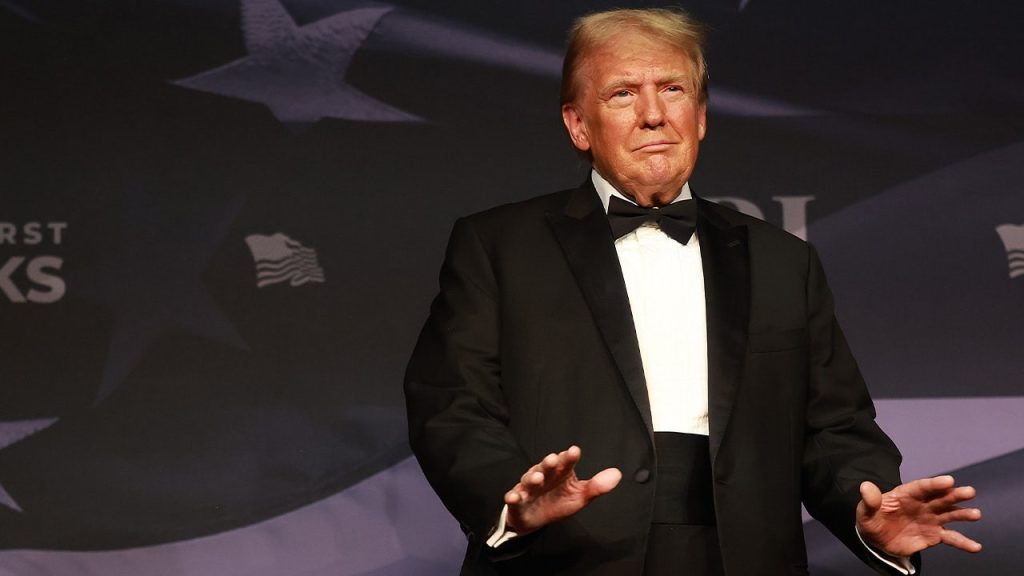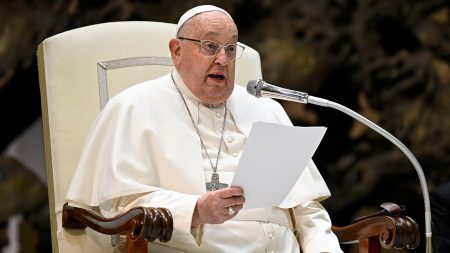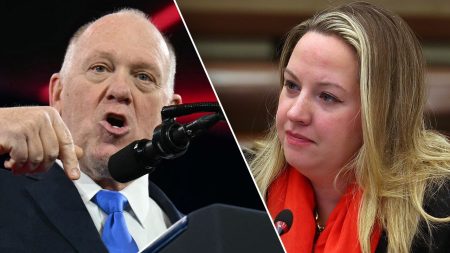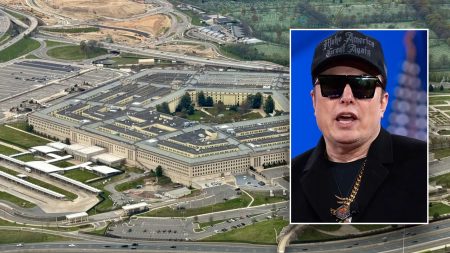Paragraph 1: Public Opinion on Trump’s Transition
As Donald Trump prepares for his second term as President of the United States, public opinion regarding his transition process appears divided. Polls conducted by CNN and Marist reveal a mixed bag of approval and disapproval. CNN’s poll indicates that 55% of Americans approve of Trump’s handling of the transition, a figure higher than his approval rating during the transition period eight years ago. However, this percentage still trails behind the approval ratings enjoyed by other recent presidents at similar points in their transitions. The Marist poll paints a slightly different picture, with 47% approving, 39% disapproving, and 14% remaining unsure. This suggests a more cautious public sentiment compared to the overwhelmingly positive reception experienced by predecessors like Barack Obama and Joe Biden.
Paragraph 2: Partisan Divide and Independent Voters
The Marist poll highlights a significant partisan divide in opinions regarding Trump’s transition. Unsurprisingly, a substantial majority of Republicans, 86%, express approval of the president-elect’s handling of the transition. Conversely, 72% of Democrats disapprove. Among independent voters, a key demographic often influencing election outcomes, the sentiment is more nuanced, with 43% disapproving and 38% approving. This suggests a degree of reservation and a "wait-and-see" attitude among independents, who may be reserving judgment until Trump’s policies and actions become clearer. This observation from Marist’s director, Lee Miringoff, underscores the importance of independent voters in shaping public perception and potentially influencing Trump’s second term.
Paragraph 3: Comparison to Previous Transitions and Expectations
Miringoff’s cautionary note highlights a crucial point: despite the overall approval exceeding disapproval, Trump’s transition approval lags behind that of both Biden and Obama at similar stages. This suggests that while some Americans embrace Trump’s return, others remain unconvinced or even apprehensive. The CNN poll further explores public expectations for Trump’s second term, with 54% of Americans expressing confidence that he will perform well as president. This figure, while not overwhelmingly high, indicates a degree of optimism among a significant portion of the population. However, the remaining 46% who don’t expect a good performance highlight the lingering doubts and criticisms surrounding Trump’s leadership.
Paragraph 4: Cabinet Appointments and Confirmation Process
The transition process involves not only the president-elect but also the selection and confirmation of his cabinet. Trump has been actively engaged in naming his nominees for various cabinet positions and top administration roles. This process has unfolded at a faster pace compared to his first transition eight years prior, demonstrating a more streamlined approach. However, the path to confirmation hasn’t been entirely smooth. The withdrawal of Matt Gaetz, Trump’s initial attorney general nominee, due to controversy surrounding allegations of misconduct, illustrates the challenges and scrutiny faced during the confirmation process. This incident serves as a reminder that even carefully chosen nominees can become entangled in unforeseen circumstances that can derail their confirmations.
Paragraph 5: International Engagement and Inauguration
Beyond domestic affairs, Trump has also re-engaged on the international stage. His trip to Paris, France, marks his first international travel since the election. This visit, where he was met by world leaders, signifies the resumption of international diplomacy and reinforces the United States’ role on the global stage. Such engagements are crucial for maintaining alliances and addressing international issues. Finally, with his inauguration scheduled for January 20th, Trump’s transition will culminate in his official return to the Oval Office. This event will mark the formal commencement of his second term and set the stage for the policies and initiatives he plans to pursue.
Paragraph 6: Looking Ahead
The transition period reflects a blend of anticipation, scrutiny, and divided public opinion. While a slight majority expresses approval of Trump’s handling of the transition, the partisan divide and the comparative lower approval ratings compared to his predecessors suggest underlying reservations. The swift pace of cabinet appointments, coupled with the challenges faced by some nominees, highlights the complexities of the confirmation process. Trump’s international engagements and upcoming inauguration signal the beginning of his second term, a period that will undoubtedly face intense scrutiny and carry significant implications for the nation and the world. The polls and events of the transition period provide a glimpse into the challenges and opportunities that lie ahead for the incoming administration.










